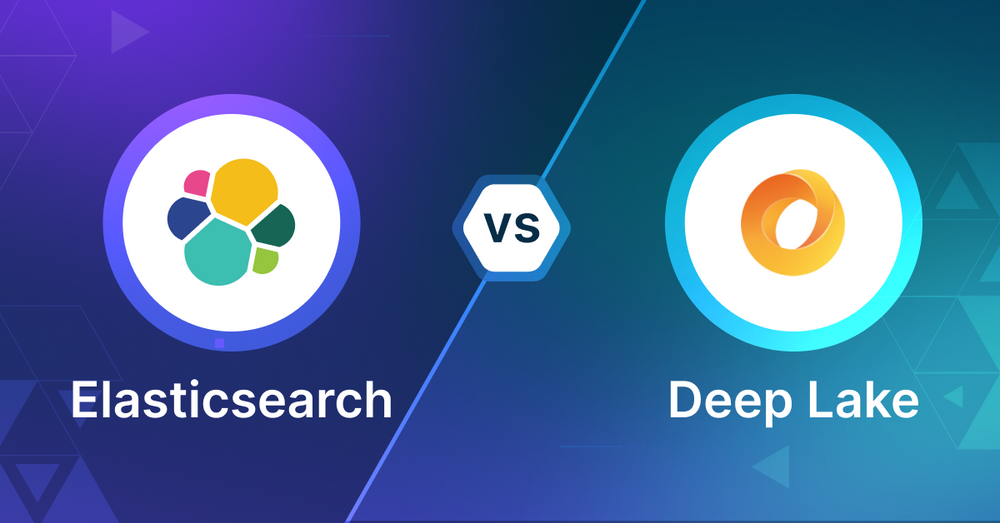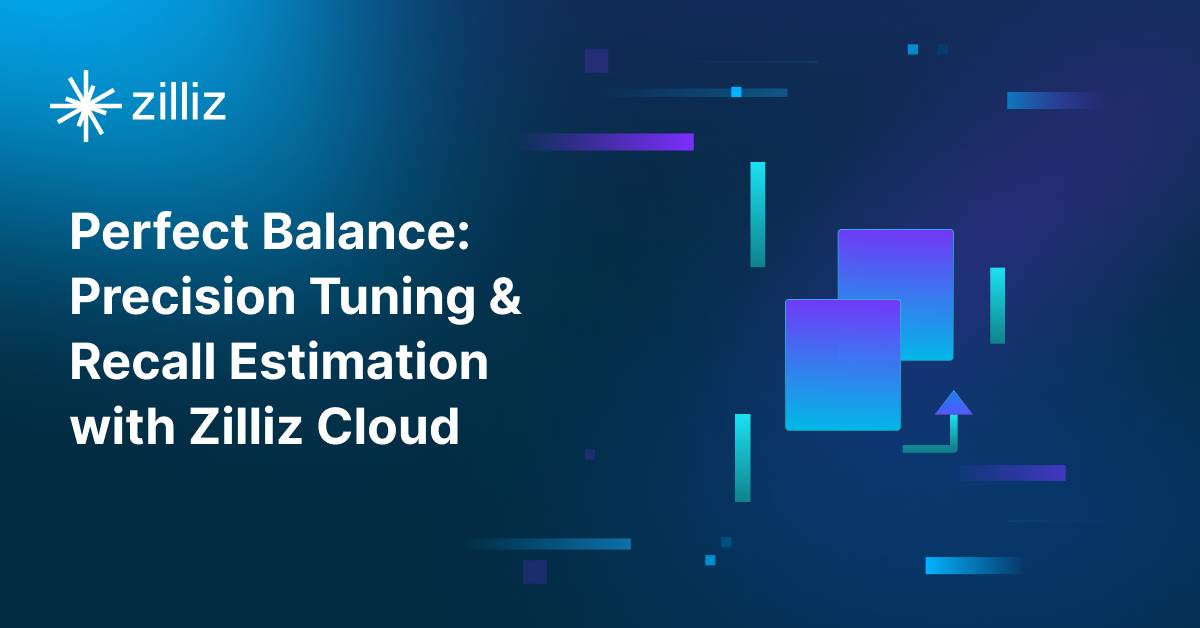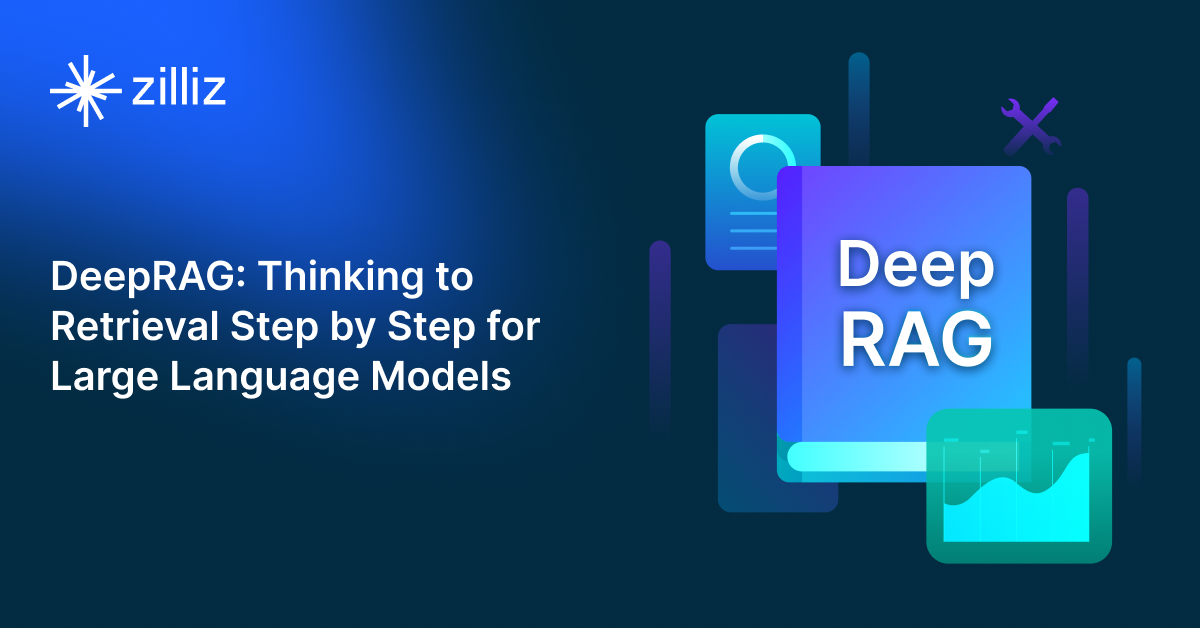Elasticsearch vs Deep Lake: Selecting the Right Database for GenAI Applications

As AI-driven applications evolve, the importance of vector search capabilities in supporting these advancements cannot be overstated. This blog post will discuss two prominent databases with vector search capabilities: Elasticsearch and Deep Lake. Each provides robust capabilities for handling vector search, an essential feature for applications such as recommendation engines, image retrieval, and semantic search. Our goal is to provide developers and engineers with a clear comparison, aiding in the decision of which database best aligns with their specific requirements.
What is a Vector Database?
Before we compare Elasticsearch vs Deep Lake, let's first explore the concept of vector databases.
A vector database is specifically designed to store and query high-dimensional vectors, which are numerical representations of unstructured data. These vectors encode complex information, such as the semantic meaning of text, the visual features of images, or product attributes. By enabling efficient similarity searches, vector databases play a pivotal role in AI applications, allowing for more advanced data analysis and retrieval.
Common use cases for vector databases include e-commerce product recommendations, content discovery platforms, anomaly detection in cybersecurity, medical image analysis, and natural language processing (NLP) tasks. They also play a crucial role in Retrieval Augmented Generation (RAG), a technique that enhances the performance of large language models (LLMs) by providing external knowledge to reduce issues like AI hallucinations.
There are many types of vector databases available in the market, including:
- Purpose-built vector databases such as Milvus, Zilliz Cloud (fully managed Milvus)
- Vector search libraries such as Faiss and Annoy.
- Lightweight vector databases such as Chroma and Milvus Lite.
- Traditional databases with vector search add-ons capable of performing small-scale vector searches.
Elasticsearch is a search engine based on Apache Lucene and Deep Lake is a data lake optimized for vector embeddings. Both have vector search capabilities as an add-on. This post compares their vector search capabilities.
Elasticsearch: Overview and Core Technology
Elasticsearch is an open source search engine built on top of the Apache Lucene library. It’s known for real time indexing and full text search so it’s a go to search for heavy applications and log analytics. Elasticsearch lets you search and analyse large amounts of data fast and efficiently.
Elasticsearch was built for search and analytics, with features like fuzzy searching, phrase matching and relevance ranking. It’s great for scenarios where complex search queries and real time data retrieval is required. With the rise of AI applications, Elasticsearch has added vector search capabilities so it can do similarity search and semantic search, which is required for AI use cases like image recognition, document retrieval and Generative AI.
Vector Search
Vector search is integrated in Elasticsearch through Apache Lucene. Lucene organises data into immutable segments that are merged periodically, vectors are added to the segments the same way as other data structures. The process involves buffering vectors in memory at index time, then serializing these buffers as part of segments when needed. Segments are merged periodically for optimization, and searches combine vector hits across all segments.
For vector indexing, Elasticsearch uses the HNSW (Hierarchical Navigable Small World) algorithm which creates a graph where similar vectors are connected to each other. This is chosen for its simplicity, strong benchmark performance and ability to handle incremental updates without requiring complete retraining of the index. The system performs vector searches typically in tens or hundreds of milliseconds, much faster than brute force approaches.
Elasticsearch’s technical architecture is one of its biggest strengths. The system supports lock free searching even during concurrent indexing and maintains strict consistency across different fields when updating documents. So if you update both vector and keyword fields, searches will see either all old values or all new values, data consistency is guaranteed. While the system can scale beyond available RAM, performance optimizes when vector data fits in memory.
Beyond the core vector search capabilities, Elasticsearch provides practical integration features that makes it super valuable. Vector searches can be combined with traditional Elasticsearch filters, so you can do hybrid search that mixes vector similarity with full text search results. The vector search is fully compatible with Elasticsearch’s security features, aggregations and index sorting, so it’s a complete solution for modern search use cases.
What is Deep Lake? Overview and Core Technology
Deep Lake is a specialized database built for handling vector and multimedia data—such as images, audio, video, and other unstructured types—widely used in AI and machine learning. It functions as both a data lake and a vector store:
- As a Data Lake: Deep Lake supports the storage and organization of unstructured data (images, audio, videos, text, and formats like NIfTI for medical imaging) in a version-controlled format. This setup enhances performance in deep learning tasks. It enables fast querying and visualization of datasets, making it easier to create high-quality training sets for AI models.
- As a Vector Store: Deep Lake is designed for storing and searching vector embeddings and related metadata (e.g., text, JSON, images). Data can be stored locally, in your cloud environment, or on Deep Lake’s managed storage. It integrates seamlessly with tools like LangChain and LlamaIndex, simplifying the development of Retrieval Augmented Generation (RAG) applications.
Deep Lake uses the Hierarchical Navigable Small World (HNSW) index, based on the Hnswlib package with added optimizations, for Approximate Nearest Neighbor (ANN) search. This allows querying over 35 million embeddings in less than 1 second. Unique features include multi-threading for faster index creation and memory-efficient management to reduce RAM usage.
By default, Deep Lake uses linear embedding search for datasets with up to 100,000 rows. For larger datasets, it switches to ANN to balance accuracy and performance. The API allows users to adjust this threshold as needed.
Although Deep Lake’s index isn't used for combined attribute and vector searches (which currently rely on linear search), upcoming updates will address this limitation to improve its functionality further.
Deep Lake as a Vector Store: Deep Lake provides a robust solution for storing and searching vector embeddings and their associated metadata, including text, JSON, images, audio, and video files. You can store data locally, in your preferred cloud environment, or on Deep Lake's managed storage. Deep Lake also offers seamless integration with tools like LangChain and LlamaIndex, allowing developers to easily build Retrieval Augmented Generation (RAG) applications.
Key Differences
When choosing a vector search solution, understanding the differences between Elasticsearch and Deep Lake will help you make the right choice for your use case. Both have vector search but serve different use cases and requirements.
Search Architecture and Performance
Both Elasticsearch and Deep Lake use the HNSW (Hierarchical Navigable Small World) algorithm for vector search but implement it differently. Elasticsearch has vector search through Apache Lucene, stores vectors in immutable segments that merge periodically. This architecture gives search performance in milliseconds and lock-free searching during concurrent indexing. The system ensures strict consistency across field updates and performs well when vector data fits in memory.
Deep Lake’s focus is on handling large scale vector operations. It can query over 35 million embeddings in under 1 second using multi-threading for faster index creation and memory efficient management. For smaller datasets under 100,000 rows, Deep Lake defaults to linear search for accuracy. As datasets grow larger it switches to ANN (Approximate Nearest Neighbor) search to balance performance and precision.
Data Management Capabilities
Elasticsearch is great at handling traditional search data, it provides full text search capabilities with fuzzy matching and phrase matching. It has real-time indexing and robust support for structured and semi-structured data. One of its strengths is the ability to do hybrid search that combines vector similarity with text search results, all while maintaining sophisticated relevance ranking.
Deep Lake takes a different approach, it’s focused on AI and ML data management. The system has native support for unstructured data types including images, audio and video. It has built-in version control for datasets and flexible storage options across local, cloud or managed environments. Deep Lake stands out in its support for specialized formats like NIfTI for medical imaging and seamless integration with machine learning training workflows.
Integration and Ecosystem
Elasticsearch has a mature ecosystem where vector search works alongside traditional search. The system has full security features, powerful aggregations and index sorting. All vector search functionality is fully compatible with existing Elasticsearch tools so it’s a great choice if you are already invested in the Elasticsearch ecosystem.
Deep Lake’s ecosystem is built around modern AI and ML workflows. It integrates seamlessly with popular AI tools like LangChain and LlamaIndex, making it perfect for RAG (Retrieval Augmented Generation) applications. Its architecture has direct connection to AI/ML workflows and has flexible cloud storage options so teams can keep their preferred infrastructure setup.
Practical Considerations
When choosing between these tools several factors come into play. Elasticsearch is a general purpose search engine with vector capabilities while Deep Lake is focused on AI/ML workloads and unstructured data. From performance perspective, Elasticsearch performs well when vector data fits in memory, Deep Lake adapts its search strategy based on dataset size. Development experience is also different, Elasticsearch has a mature ecosystem and extensive documentation while Deep Lake is focused on streamlined integration with AI/ML use cases.
Both have their limitations. Elasticsearch requires careful memory management to perform well with large vector datasets. Deep Lake has some limitations when doing combined attribute and vector search, this is being addressed in upcoming releases.
Cost and Resources
The resource requirements and cost structure of these systems reflect their different approach. Elasticsearch needs a lot of memory to perform well, especially with vector search at scale. Deep Lake has managed storage options to reduce operational overhead. Both can be deployed on-premises or in the cloud, so organizations have flexibility in their infrastructure choices.
When to Choose Elasticsearch
Elasticsearch is the way to go when you need a proven search engine that can handle both traditional and vector search at scale. It’s perfect for applications that need real-time search across large volumes of text data and vector similarity search, such as e-commerce platforms that combine product descriptions with image similarity, content recommendation systems that blend text relevance with semantic similarity, or log analytics platforms that need both full-text and vector search. The system’s hybrid search, combining traditional text search with vector similarity, is especially valuable for companies that want to add AI to their existing search infrastructure without rebuilding everything from scratch.
When to Choose Deep Lake
Deep Lake is where AI-first applications shine where unstructured data management and vector search are the top requirements. It’s the best choice for teams building machine learning applications that need to manage and version large datasets of images, audio or video files and perform vector similarity search. Deep Lake is particularly useful for applications like computer vision systems that need to manage large image datasets, AI research teams that need version control for their training data or RAG applications that need to manage both embeddings and their source documents. Its native integration with AI frameworks and specialized handling of multimedia data makes it perfect for teams that build and deploy AI models.
Conclusion
Ultimately the choice between Elasticsearch and Deep Lake comes down to your use case and existing infrastructure. Elasticsearch is a full search solution that can handle both traditional and vector search needs with mature features for production environments and strong consistency guarantees. Deep Lake is where AI and ML shine with superior unstructured data handling and native integration with modern AI workflows. Your decision should be based on your needs: choose Elasticsearch if you need a robust general purpose search engine with vector capabilities and choose Deep Lake if your focus is on AI applications and managing unstructured data with version control. Consider your team’s expertise, existing tech stack and future scaling needs when making this decision.
Read this to get an overview of Elasticsearch and Deep Lake but to evaluate these you need to evaluate based on your use case. One tool that can help with that is VectorDBBench, an open-source benchmarking tool for vector database comparison. In the end, thorough benchmarking with your own datasets and query patterns will be key to making a decision between these two powerful but different approaches to vector search in distributed database systems.
Using Open-source VectorDBBench to Evaluate and Compare Vector Databases on Your Own
VectorDBBench is an open-source benchmarking tool for users who need high-performance data storage and retrieval systems, especially vector databases. This tool allows users to test and compare different vector database systems like Milvus and Zilliz Cloud (the managed Milvus) using their own datasets and find the one that fits their use cases. With VectorDBBench, users can make decisions based on actual vector database performance rather than marketing claims or hearsay.
VectorDBBench is written in Python and licensed under the MIT open-source license, meaning anyone can freely use, modify, and distribute it. The tool is actively maintained by a community of developers committed to improving its features and performance.
Download VectorDBBench from its GitHub repository to reproduce our benchmark results or obtain performance results on your own datasets.
Take a quick look at the performance of mainstream vector databases on the VectorDBBench Leaderboard.
Read the following blogs to learn more about vector database evaluation.
Further Resources about VectorDB, GenAI, and ML
- What is a Vector Database?
- Elasticsearch: Overview and Core Technology
- What is Deep Lake? Overview and Core Technology
- Key Differences
- When to Choose Elasticsearch
- When to Choose Deep Lake
- Conclusion
- Using Open-source VectorDBBench to Evaluate and Compare Vector Databases on Your Own
- Further Resources about VectorDB, GenAI, and ML
Content
Start Free, Scale Easily
Try the fully-managed vector database built for your GenAI applications.
Try Zilliz Cloud for FreeKeep Reading

Balancing Precision and Performance: How Zilliz Cloud's New Parameters Help You Optimize Vector Search
Optimize vector search with Zilliz Cloud’s level and recall features to tune accuracy, balance performance, and power AI applications.

How to Use Anthropic MCP Server with Milvus
Discover how Model Context Protocol (MCP) pairs with Milvus to eliminate AI integration hassles, enabling smarter agents with seamless data access and flexibility.

DeepRAG: Thinking to Retrieval Step by Step for Large Language Models
In this article, we’ll explore how DeepRAG works, unpack its key components, and show how vector databases like Milvus and Zilliz Cloud can further enhance its retrieval capabilities.
The Definitive Guide to Choosing a Vector Database
Overwhelmed by all the options? Learn key features to look for & how to evaluate with your own data. Choose with confidence.